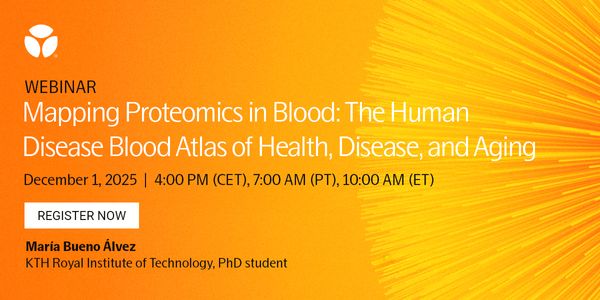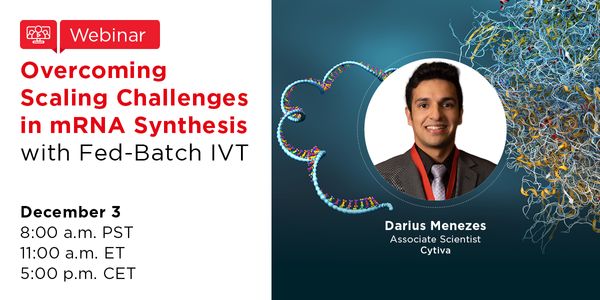The benefits and burdens of assaying matched normal tissue when sequencing cancer genomes
-
Elena Helman, PhD
Lead Bioinformatics Scientist, Personalis, Inc.BIOGRAPHY
Targeted sequencing assays are increasingly used to identify tumor mutations that guide therapeutic decisions. Interpretation of a cancer variant’s origin and therapeutic impact poses analytical challenges. Recent studies have indicated that jointly analyzing a tumor with its matched normal can accurately discriminate between somatic and inherited mutations. However, procurement of a matched sample is often logistically impractical. In the absence of a matched normal, large databases and analytical techniques are currently used to identify cancer variants in tumor sequencing data. Whether the benefits outweigh the additional burden of sequencing the matched normal for accurate detection of cancer-relevant mutations remains an open question. For NGS-based cancer interpretation to guide clinical decisions in a practical and cost-effective manner, highly optimized tumor-only and tumor/normal analyses must be available with proper attention to germline consent, classification and education.
Learning Objectives:
- Understanding the differences in pipelines, filtering, and use of large population databases necessary depending on the availability of a matched normal
- Consideration of the burden of secondary findings when sequencing a matched normal
- Defining your “actionable” set of variants drastically affects analysis results
The benefits and burdens of assaying matched normal tissue when sequencing cancer genomes
Please update your information
Certificate of Participation
DOWNLOAD CERTIFICATE






